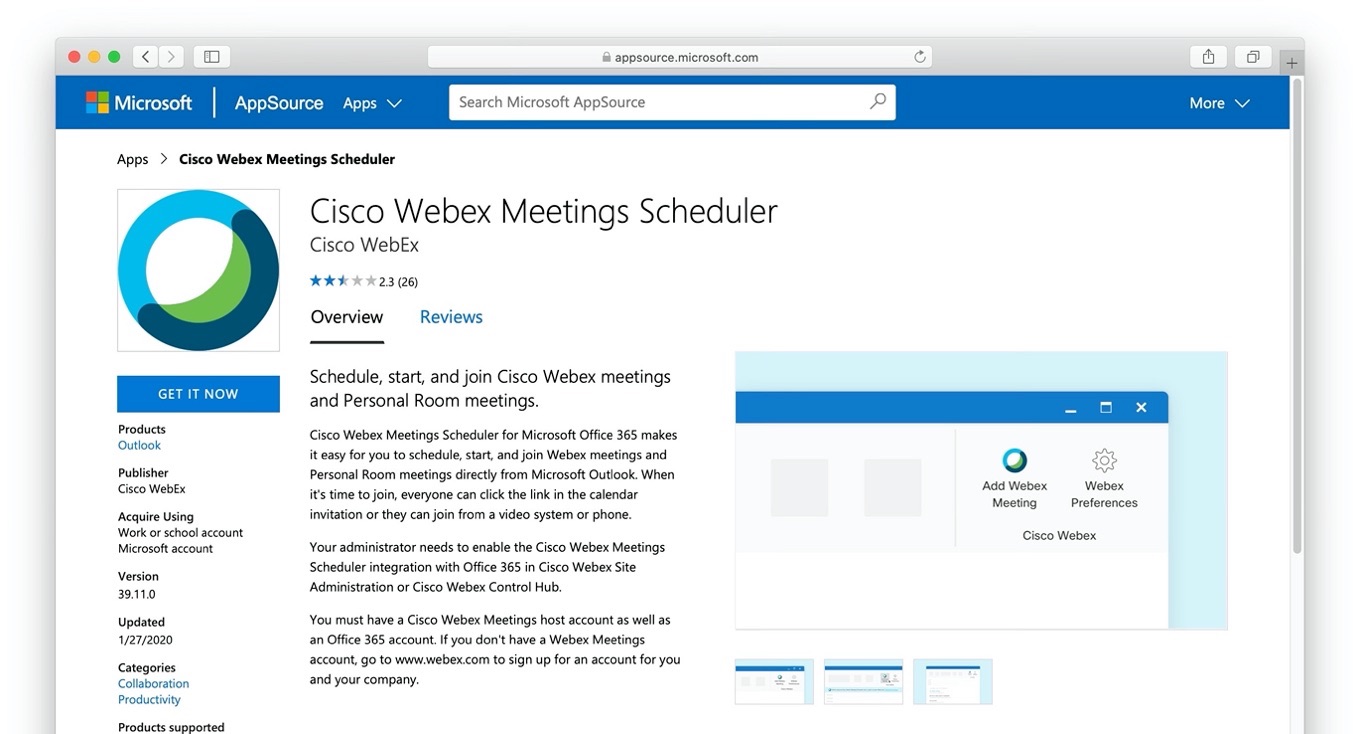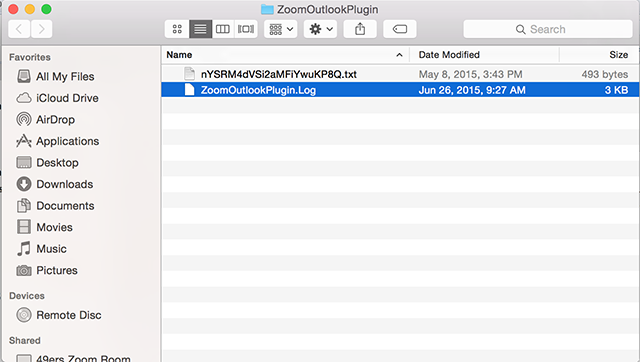


#ZOOM FOR MAC OUTLOOK WINDOWS#
Press the Windows logo key+U. The Display settings window opens. You can change the text size on the ribbon or in the Outlook navigation panes by changing the display settings for your computer. To go to the Zoom slider, press the Tab key or Shift+Tab until you hear “Zoom out, button,” and then repeatedly press Enter until you reach the text size you want.

In the zoomed email, press F6 until you hear “Status bar,” followed by the recently used option on the Status bar. To go to the Zoom slider, press the Tab key until you hear “Zoom in, button,” and then repeatedly press Enter until you reach the text size you want. To move the focus to the Status bar, press F6 until you hear “Status bar,” followed by the recently used option on the Status bar. In the message list, navigate to the email you want. To close the Zoom dialog box, press Enter. If you want Outlook to remember your zoom settings, press the Tab key until you hear "Unchecked, Remember my preference," and press the Spacebar to select the option. With JAWS, you hear: “Percent, edit spin box.” With NVDA, you hear: "Percent, edit." Type the zoom value you want, for example, 75. To enter your own zoom value, press the Tab key until you hear with Narrator "Percent, edit box," followed by the current percentage. To reduce the font size of the email to the original size, press the Down arrow key until you hear: "Zoom, Selected, One hundred percent." The Zoom while composing dialog box opens. Note: If you're composing an email, press Alt+O, Q. When you move to another email, the body text returns to the default font size. You can only zoom the email you’re currently reading or composing.
#ZOOM FOR MAC OUTLOOK HOW TO#
To learn how to use the Windows Magnifier, go to Use Magnifier to make things on the screen easier to see. For more information, see Change the size of text in Windows 10. You can change the display settings to make the text on the screen bigger or to make everything on the screen bigger. To learn more about screen readers, go to How screen readers work with Microsoft Office. To learn how you can get new features faster, join the Office Insider program. If you don't see free/busy information in the Scheduling Assistant pane, make sure your Exchange account is selected in the From field at the top of the invitation.New Microsoft 365 features are released gradually to Microsoft 365 subscribers, so your app might not have these features yet. On the Organizer Meeting tab, click Scheduling.Ĭlicking the Scheduling button displays the Scheduling Assistant pane. See whether your invitees are available (Exchange accounts only) On the Organizer Meeting tab, click Recurrence, and then select a recurrence pattern. On the Meeting menu, click Attachments> Add. On the Organizer Meeting tab, click Time Zones. (See Find a conference room for more information about Room Finder.)Įnter details about the event, and then do any of the following: If you know the meeting room information, type it in the Location box otherwise, click the Room Finder button in the ribbon. In the Subject box, enter a description of the meeting. Select any of the names to see details about that person, including phone number, email address, office location, and more. In the To box, enter the names of people or resources to include for the meeting. To send the invitation from an account that isn't your default account, select an account from the From list. At the bottom of the navigation pane, click Calendar.


 0 kommentar(er)
0 kommentar(er)
